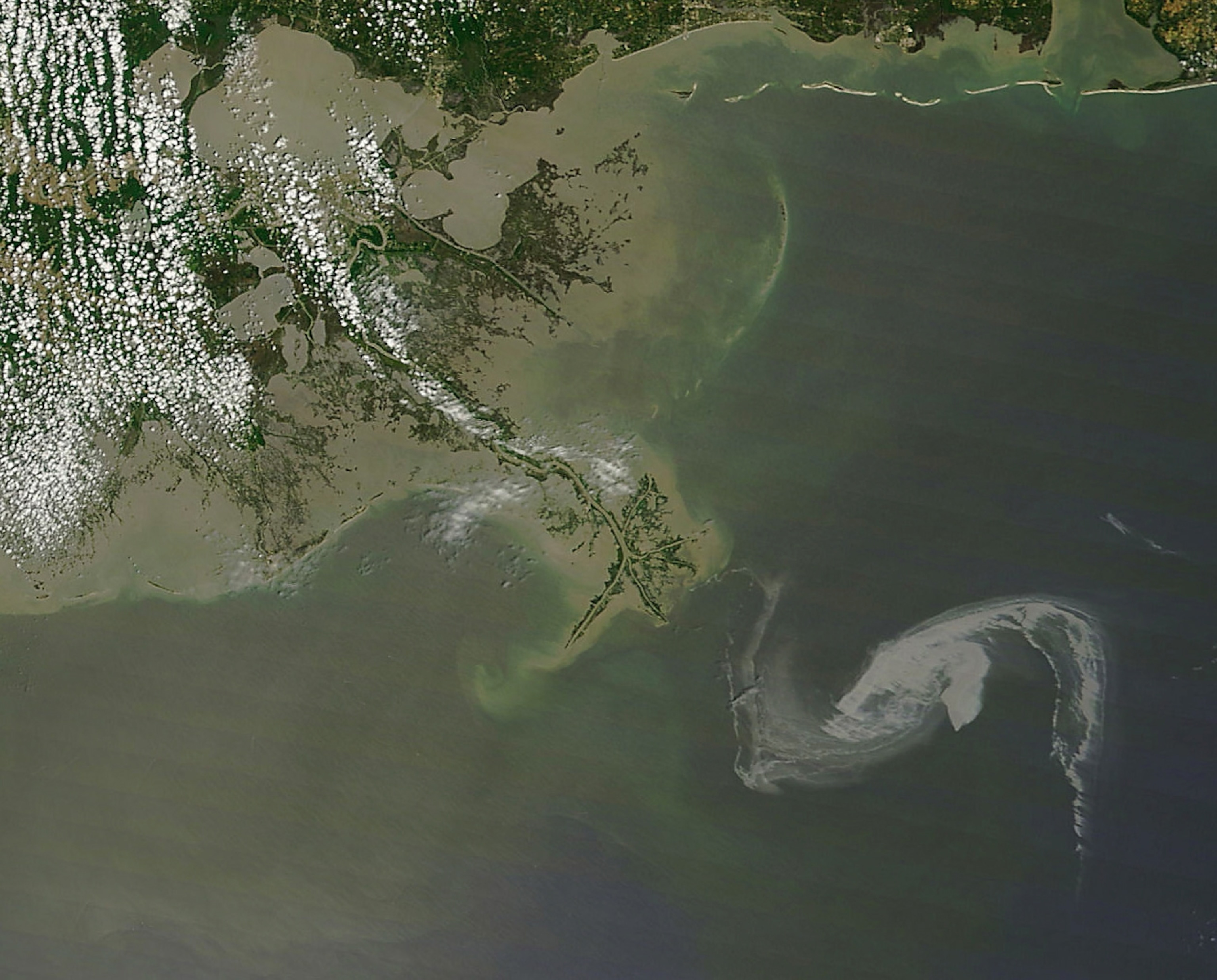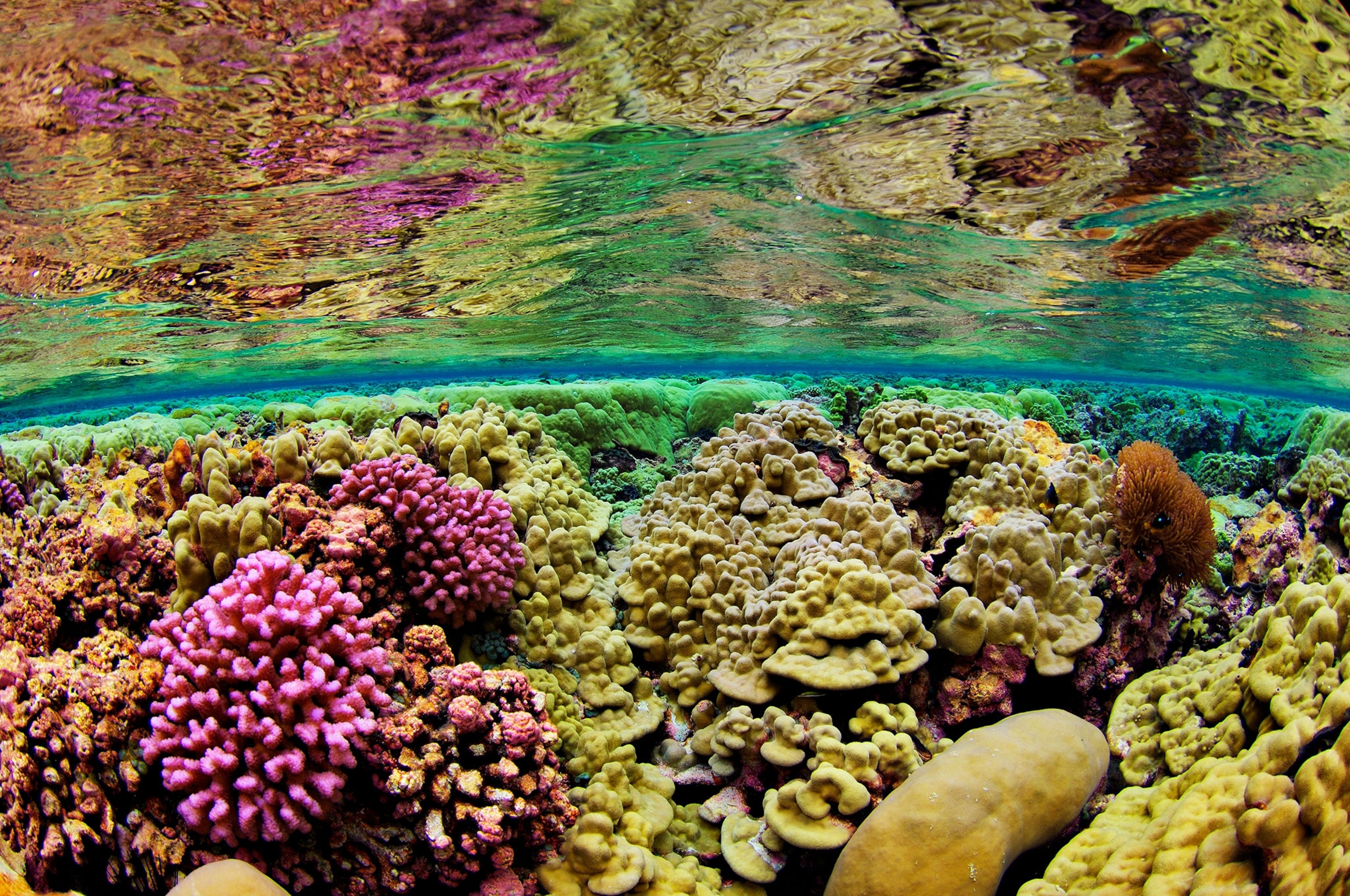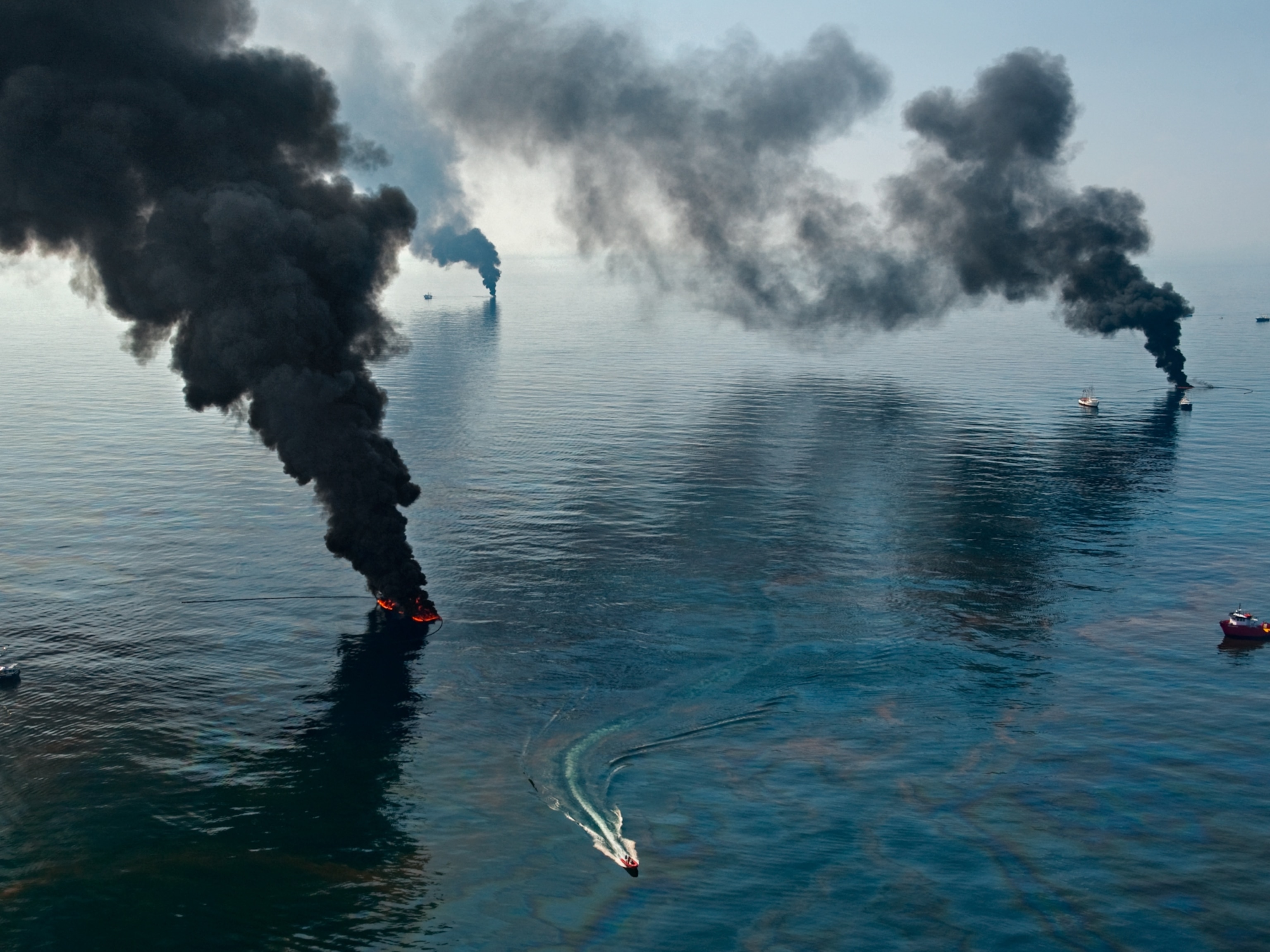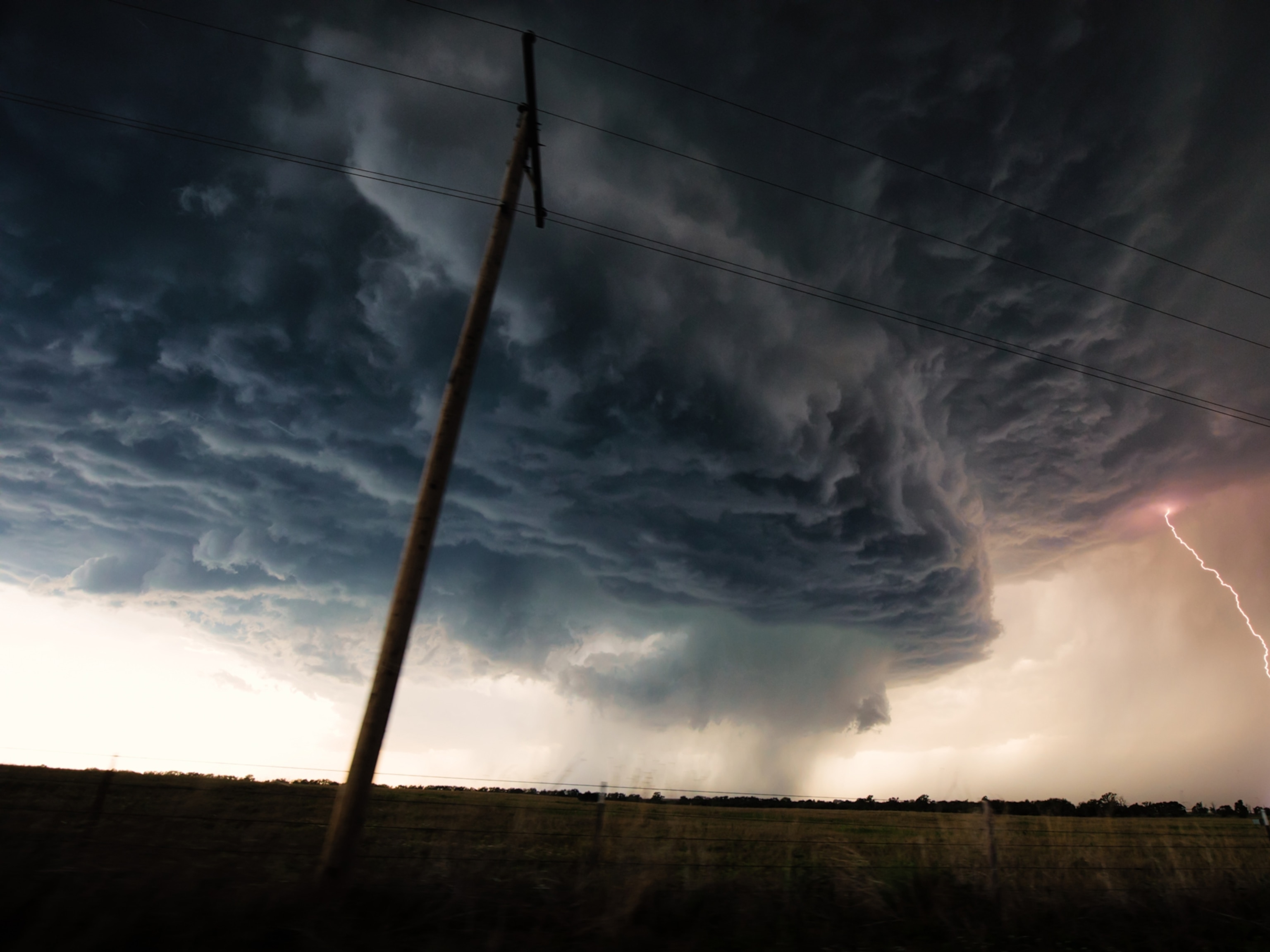
Dead zones, explained
Few marine organisms can survive the toxic low-oxygen conditions of dead zones. Here’s how our agricultural practices make them worse.
“Dead zones” are deadly: Few or no organisms can survive in their oxygen-depleted, or hypoxic, waters. Often encompassing large swaths of ocean (and even lakes and ponds), dead zones become oceanic deserts, devoid of the usual aquatic biodiversity.
Though hypoxic zones can occur naturally, many more are caused by agricultural practices across the world—a big problem for wildlife and for people.
Nutrient run-off triggers dead zones
After the 1970s, dead zones became more widespread, almost doubling each decade since the 1960s. A 2008 study found more than 400 dead zones exist worldwide—anywhere excess nutrients travel downstream and into a body of water. (Read about a large dead zone in the Baltic Sea.)
The largest dead zone in the world lies in the Arabian Sea, covering almost the entire 63,700-square mile Gulf of Oman. The second largest sits in the Gulf of Mexico in the United States, averaging almost 6,000 square miles in size.
Dead zones appear annually, May through September, in the Gulf of Mexico, after tons of nutrients from fertilizer use and sewage in the Mississippi watershed wash downstream into the Gulf. Excess nutrients spark an algal explosion, giving rise to a dead zone.
Phytoplankton, microscopic algae that contain chlorophyll, require sunlight to grow, like a plant. But they float near the surface of the ocean, where they can soak up available sunlight. And they love nutrients, especially nitrogen and phosphorus.
Luckily for phytoplankton in coastal areas, humans provide superfluous nitrogen and phosphorus in fertilizer form. Phytoplankton use the supplemental nutrients to grow and reproduce—and scientists can see the huge blooms via satellite images.
Phytoplankton produce oxygen during photosynthesis, so why do dead zones occur? Because of food web dynamics and decomposition.
Zooplankton, small animals that spend most of their lives drifting in water, gobble the abundant phytoplankton, and then small fish consume the zooplankton. The rapid increase in algae produces more animal waste—feces and plankton corpses.
Bacteria munch on the animal waste and dying algae that rain onto the ocean floor. The bacterial process of decomposition sucks up oxygen from the water, lowering the amount that remains available.
Freshwater, washed into the Gulf from the Mississippi watershed, floats near the surface of the ocean because it is less dense, and therefore more buoyant than the saltwater. This stratification, or layering, prevents oxygen mixing between the freshwater and saltwater layers.
A warming climate could lead to more rainfall in the Mississippi watershed, exacerbating nutrient run-off problems. Additionally, warm water naturally carries less oxygen than cooler water, making it easier for dead zones to form with climate change.
Marine life suffocates without oxygen
When water approaches two parts per million or less of oxygen—considered low-oxygen conditions—anything mobile, like crabs, snails, and fish, will try to move away. This can make it harder for larger animals like marlin to find their usual prey.
At the same time, immobile organisms can die in the low-oxygen conditions. Animals that develop near low-oxygen waters can also be affected. For example, a study found female Atlantic croaker fish developed reproductive organs more similar to testes instead of ovaries when living in hypoxic conditions.
Shrimp grow more slowly, or stop growing altogether, in a low-oxygen environment. This makes it harder to find bigger shrimp, inflating the price of large shrimp for consumers. Many fishermen, however, report catching bigger fish higher in the water column—perhaps the only positive effect of dead zones.
Can we forecast dead zones?
Although nutrient run-off is the primary factor affecting the size of a dead zone, other factors like wind direction and strength influence how much oxygen reaches the bottom layers of the water column. Increased mixing between the layers from wind allows more oxygen to reach the bottom layer of the ocean and produces a smaller-than-expected dead zone, like in 2018.
The United States Geological Survey manages stream gauges, nitrate sensors, and long-term sites to predict the size and volume of hypoxic water in the Gulf of Mexico. Higher water levels and higher nitrate levels in May could lead to a forecast of a larger dead zone during the summer.
Scientists forecasted a massive dead zone in 2019 due to heavy rainfall in the Mississippi River watershed. The excess rain—much higher than the average over the last few decades—washed more nutrients into the Gulf of Mexico. More than 153,000 tons of nitrate and 24,000 tons of phosphorus were estimated to wash into the Gulf in just the month of May. But Hurricane Barry swept through the Gulf in July, mixing the layers and reducing the extent of the dead zone to be the eigth largest recorded at 6,952 square miles.
Daily forecasts also provide predicted temperature and oxygen levels for the Chesapeake Bay and Great Lakes in the United States, where dead zones can have big impacts on fisheries.
Potential solutions to a nutrient-loaded problem
Dead zones in some areas have been shrunk successfully over time. However, shrinking the dead zone in the Gulf of Mexico is compounded by pollution that leached into the water after Hurricane Katrina in 2005 and the BP oil spill in 2011.
The Mississippi River/Gulf of Mexico Hypoxia Task Force, a collaboration of federal agencies, implemented an action plan in 2008 for controlling and reducing the hypoxic conditions in the Gulf. The task force strategizes with states to examine their individual state contributions and reduce nutrient-loading accordingly.
The task force set a goal to cap the hypoxic zone size in the Gulf of Mexico to 1,900 square miles by 2015. However, the dead zone in 2017 exceeded that goal by four times—8,776 square miles.
To buy more time to reach the objective, the task force extended the timeline to 2035. Updated models for estimating hypoxic areas suggest that an almost 60 percent reduction in nutrient run-off is required to reach the target goal of 1,900 square miles.
The best way to accomplish this, the task force notes, is to encourage retaining nutrients at their original source—on land. This is done through better farm management practices, like using less fertilizer and using crop covers to help anchor soil in place. In states that use extensive irrigation, recapturing nutrients from irrigation water would help reduce nutrient loading.
“It’s going to take a long time [to reduce nutrient loading] at the rate that we are seeing improvement,” said Bill Northey, a USDA member of the task force. “But I do believe that we are seeing some momentum. We are making more progress now than during those early years.”














